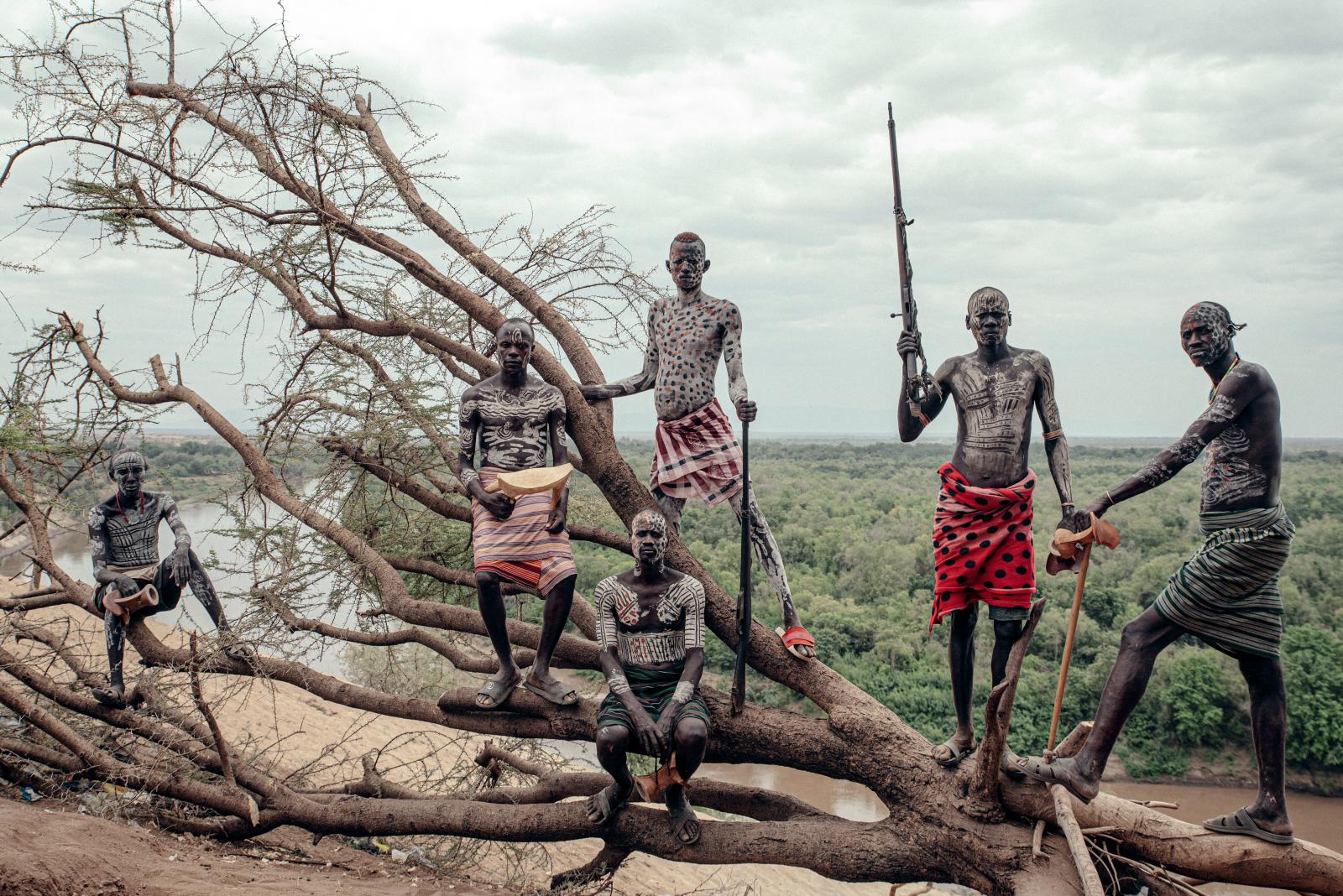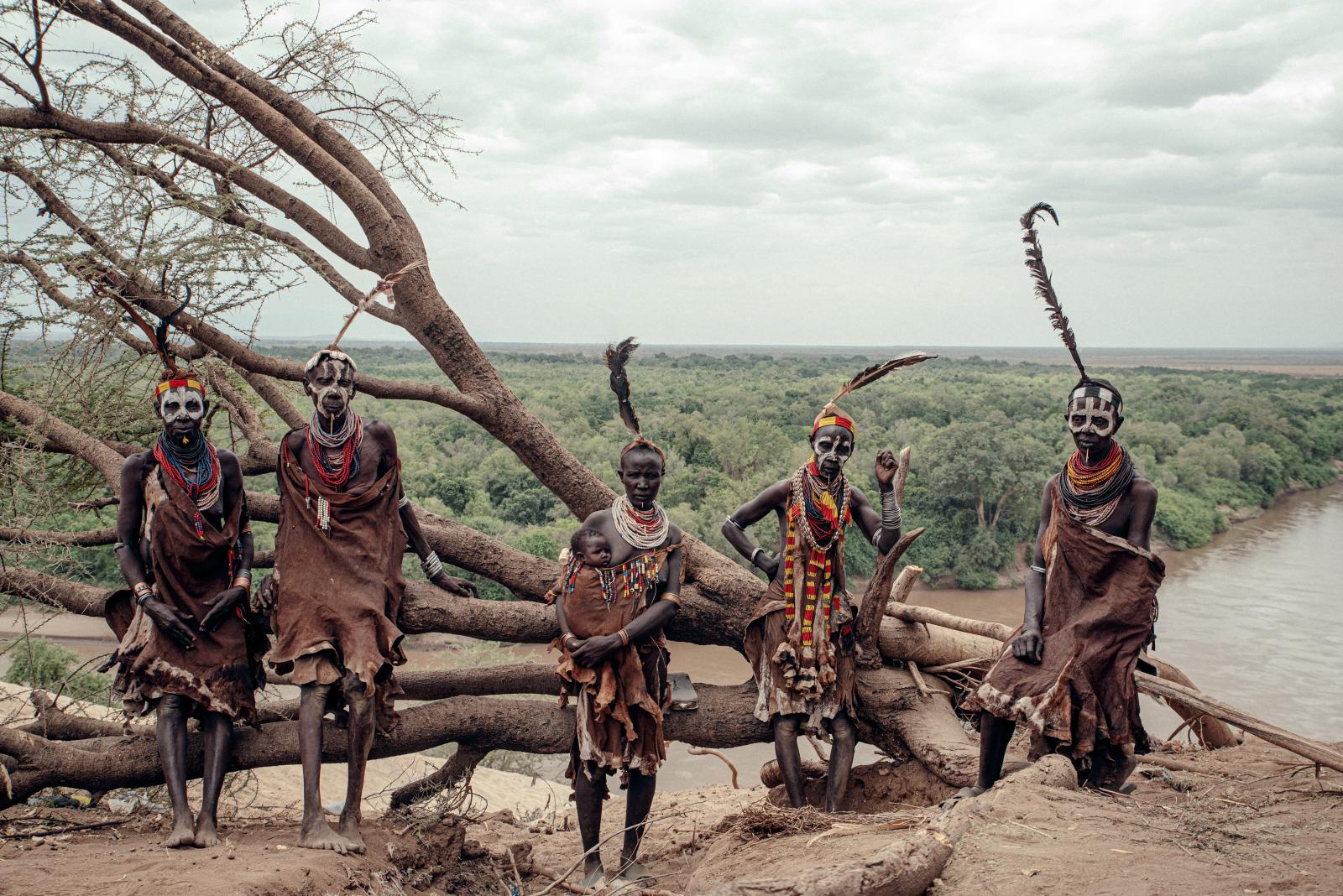Public Story
The Resilient Kara: A Living Legacy of Tradition and Survival
Summary
In the vast expanse of the Southern Ethiopian landscape, the Kara tribe stands as a testament to the resilience of ancient cultures. Threatened by extinction, I embarked on a journey to the Omo Valley, where the Kara reside near the meandering path of the Omo River. Once thriving on both riverbanks, the Kara faced devastating pestilences that drastically reduced their numbers and herds.Through the lens, the beauty, resilience, and cultural wealth of the Kara people are unveiled.





















